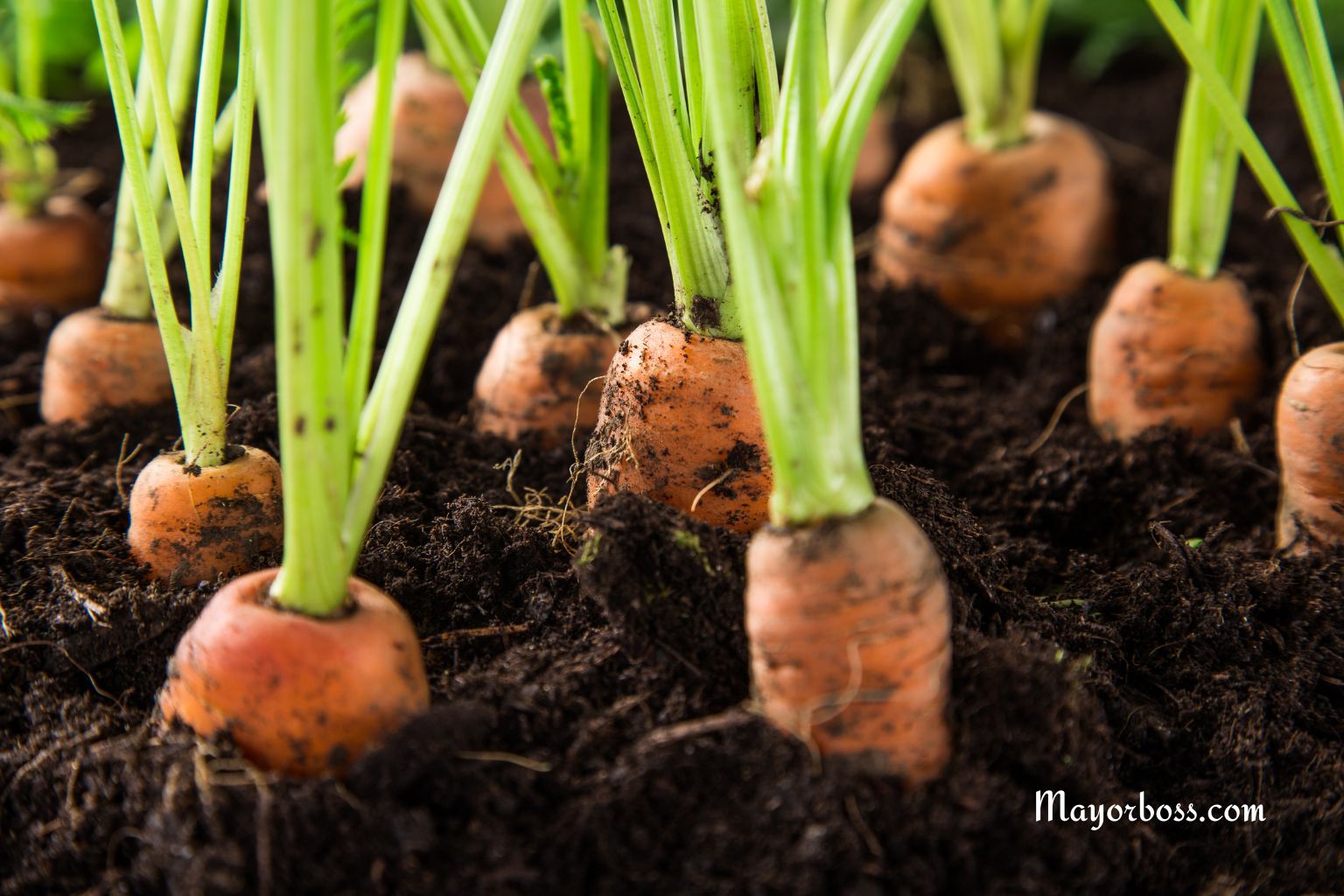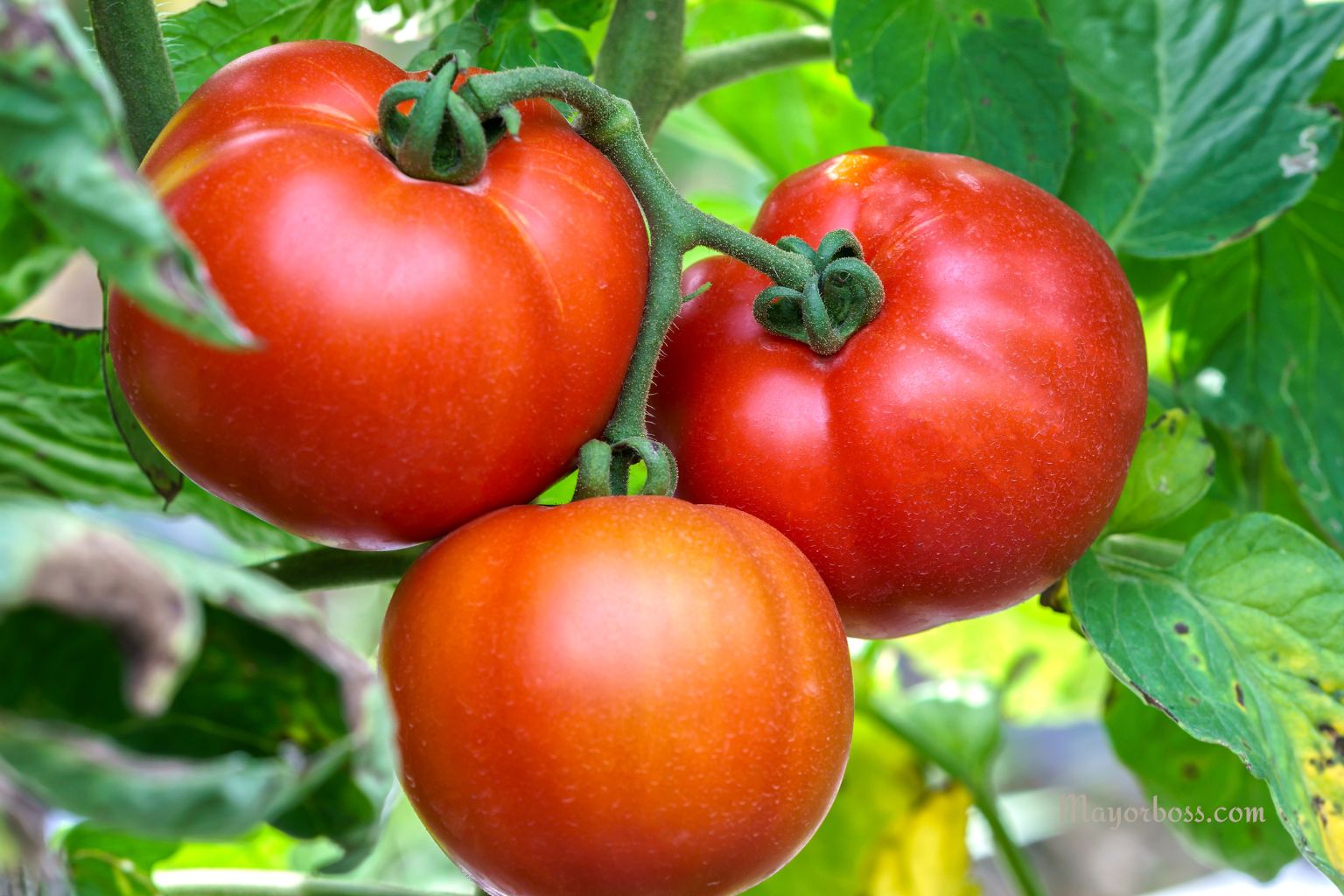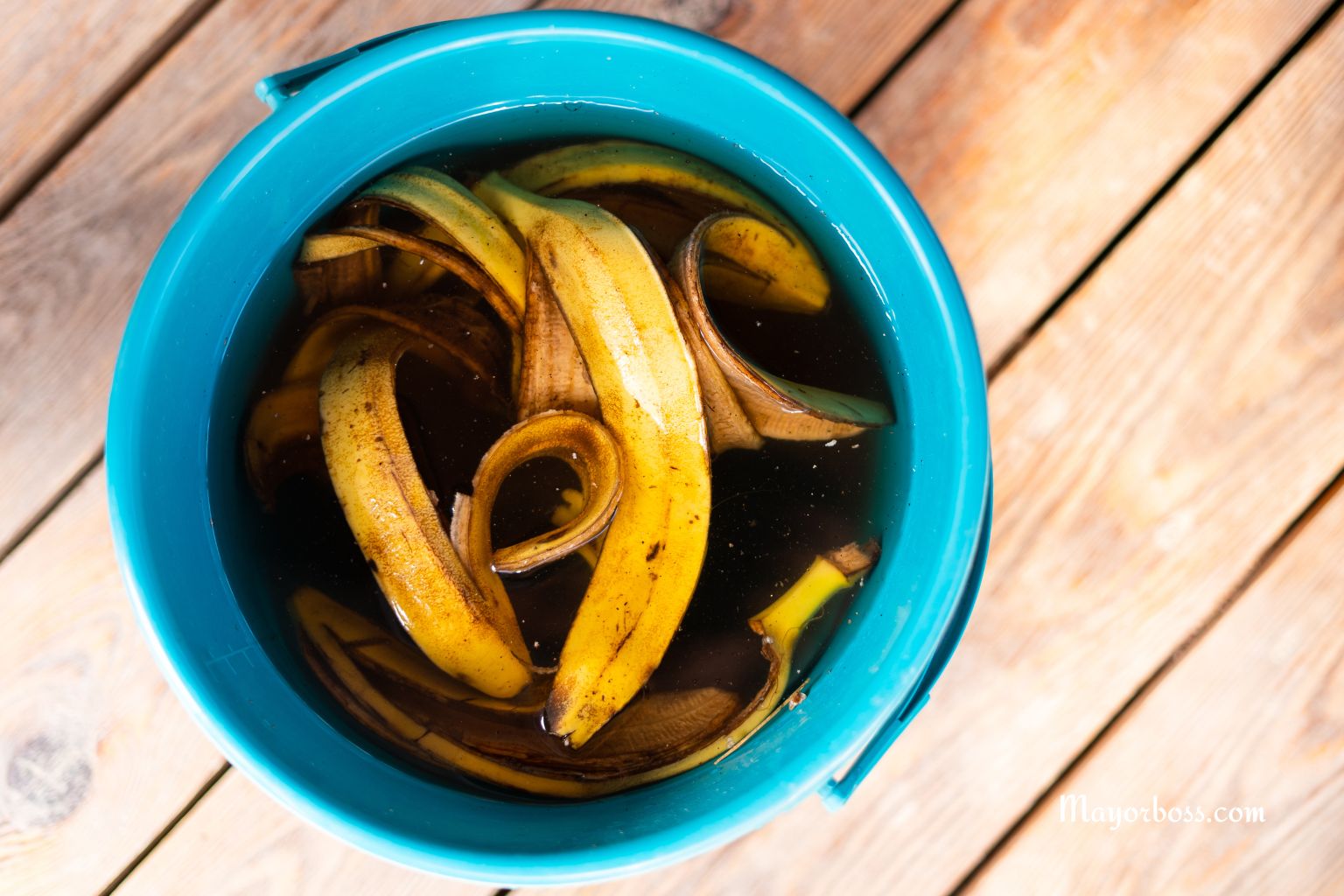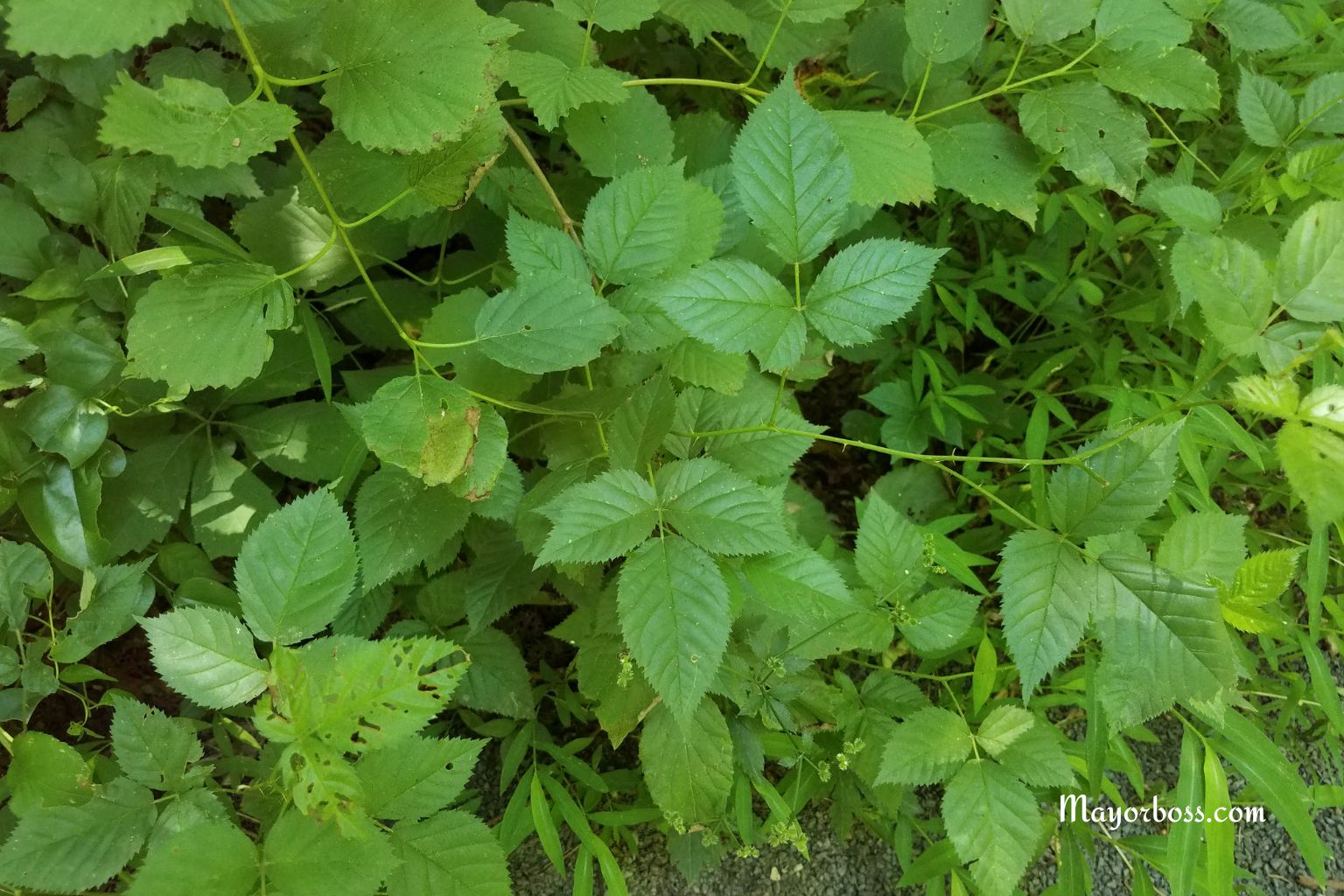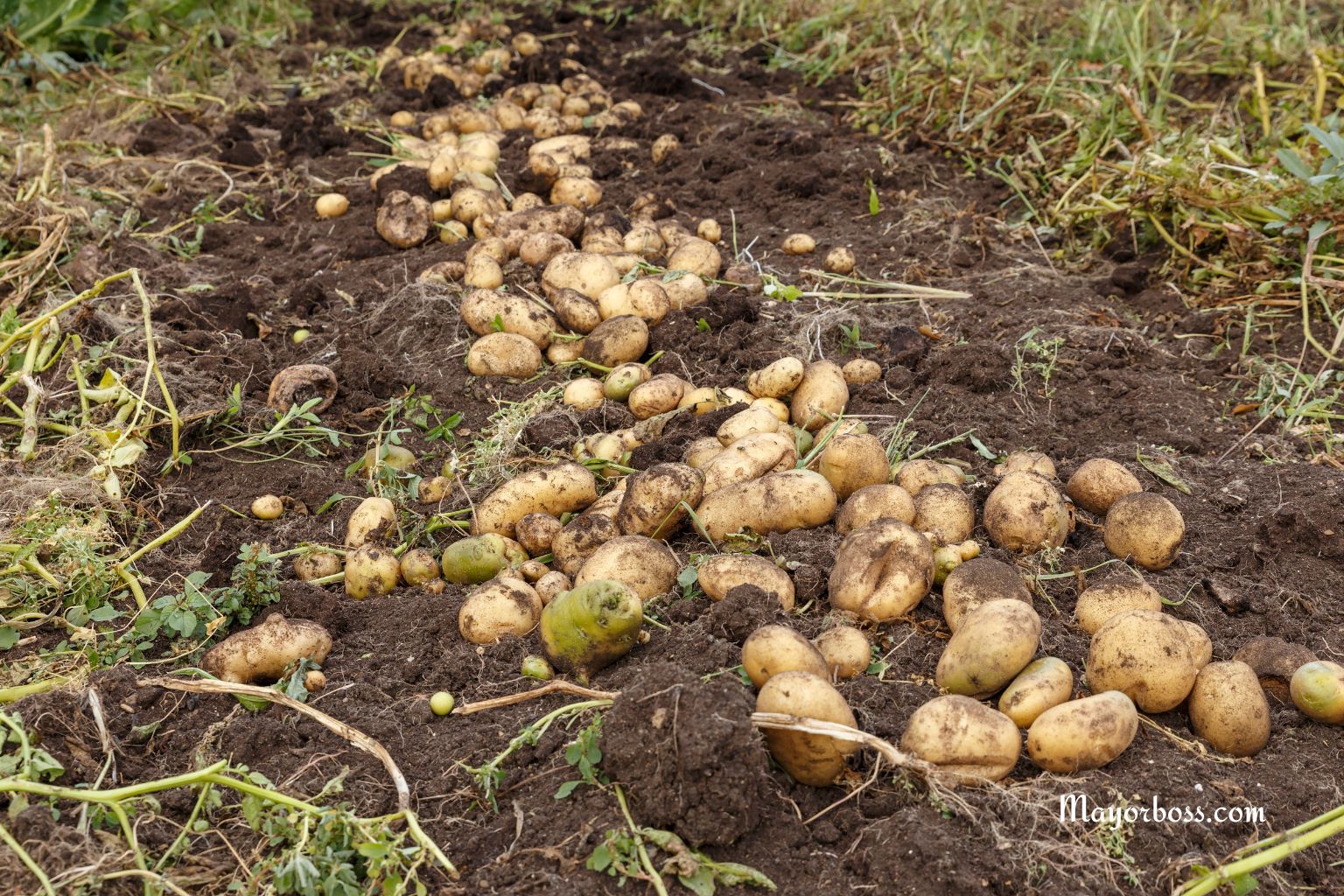How to Add Phosphorus to Soil and Help Your Plants Grow Fast
To add phosphorus to soil and help your plants grow fast, use natural sources like bone meal, rock phosphate, or composted manure. Test your soil first to find out if it needs more phosphorus, then mix the chosen source into the soil before planting. Water thoroughly, and avoid over-application, which can harm plants and the environment.
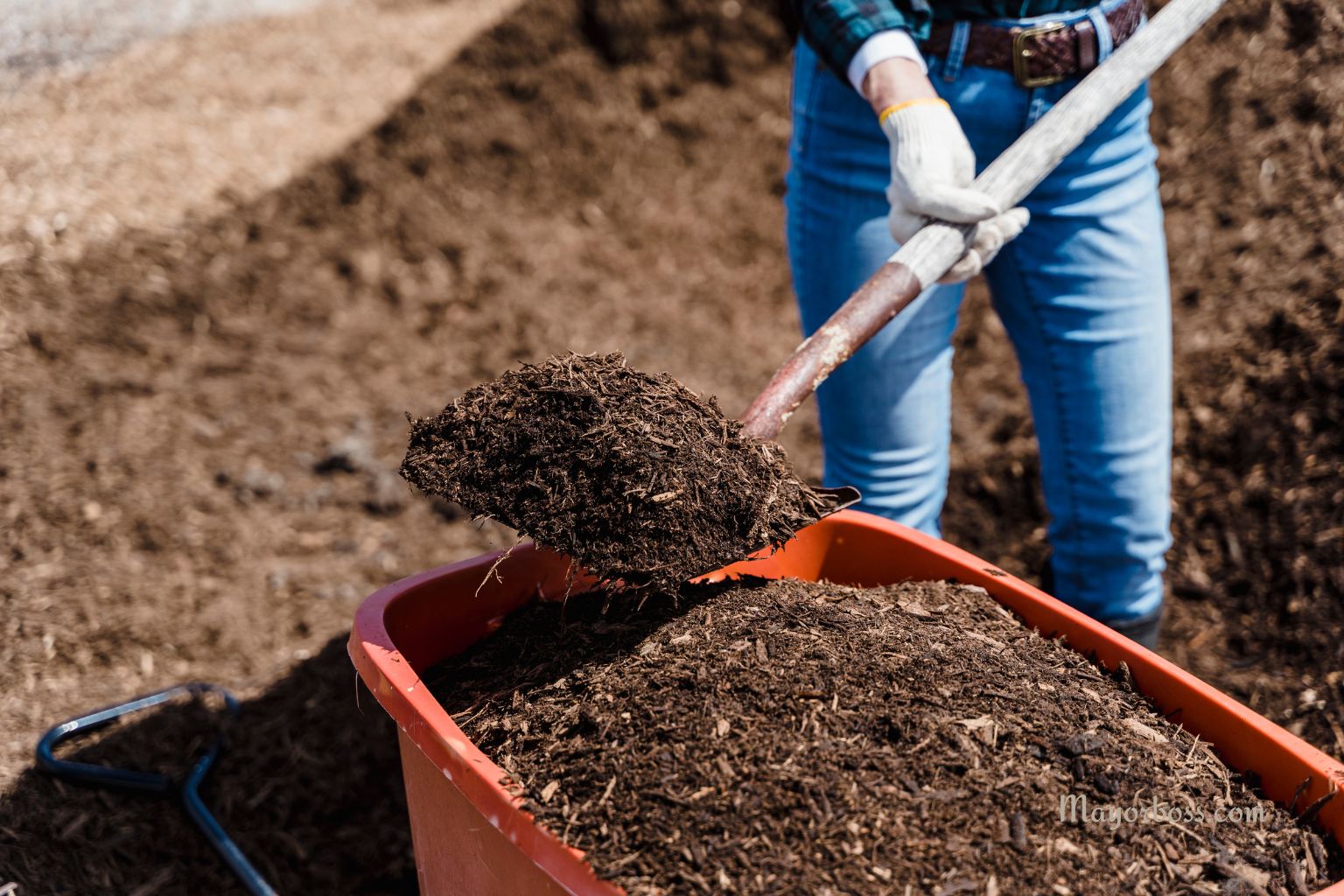
If you want your garden to flourish, you need to pay attention to phosphorus. This nutrient gives plants the energy they need to grow roots, develop flowers, and produce fruit. Without enough phosphorus, plants may look weak, grow slowly, and have poor blooms or harvests. You might even notice purple or reddish leaves—a classic sign of phosphorus deficiency.
Phosphorus does not move easily through the soil, which means plants can’t always get enough even if it’s present. That’s why knowing how and when to add phosphorus is key.
How to Tell If Your Soil Needs More Phosphorus
Before adding anything to your garden, test your soil. Home soil test kits are affordable and easy to use. Look for these signs that your soil may need more phosphorus:
- Slow or stunted growth
- Purplish leaves, especially in young plants
- Weak root systems
- Poor flowering or fruiting
A soil test will tell you the exact phosphorus level. If it’s low, you’ll know it’s time to act.
The Best Natural Sources of Phosphorus
When you want to boost phosphorus, you have a few reliable options:
Bone Meal
Bone meal is made from ground animal bones. It is one of the most popular organic sources of phosphorus. Bone meal breaks down slowly, feeding your plants over time. To use, sprinkle it into the planting hole or mix it into the top 2–4 inches of soil. Always follow package instructions to avoid giving too much.
Commercial Fertilizer
You may also choose a commercial fertilizer that contains phosphorus. Look for a balanced fertilizer, such as a 10-10-10 formula. The numbers represent the percentage of nitrogen (N), phosphorus (P), and potassium (K) in the mix. For example, a 10-10-10 fertilizer contains 10% phosphorus, which supports strong root growth and healthy plants.
To use, spread the fertilizer evenly over the soil, following the instructions on the packaging for your specific crop or plant. Mix it into the top layer of soil, then water thoroughly. Avoid over-fertilizing, as excess nutrients can harm plants and wash into the environment.
Rock Phosphate
Rock phosphate comes from mineral deposits. It works well in acidic soils, where it breaks down faster. Mix rock phosphate into the soil before planting or around established plants. Like bone meal, it releases nutrients slowly. Rock phosphate is available from retailers in granular or powdered bagged form
Composted Manure
Manure, especially from chickens and cow manure, contains phosphorus. According to experts, composted manure is safer because it has a lower risk of burning plants. Spread a thin layer over your garden beds and mix it in before planting.
Compost
Well-rotted compost also adds small amounts of phosphorus, along with other important nutrients. It improves soil health and structure, helping roots take up nutrients more easily.
How to Apply Phosphorus Correctly
Applying phosphorus isn’t just about dumping fertilizer on the ground. Here’s a step-by-step approach:
- Test the Soil:
Always test first. If phosphorus levels are already high, adding more can harm plants and pollute local waterways. - Choose Your Source:
Select a phosphorus source that fits your gardening style—organic (like bone meal or compost) or synthetic if recommended. - Apply Before Planting:
For best results, mix phosphorus into the soil before planting. Phosphorus doesn’t move well in soil, so roots need to grow near where it’s placed. - Mix Into Soil:
Work your chosen phosphorus source into the top few inches of soil. Avoid leaving it on the surface, where rain can wash it away. - Water Thoroughly:
After application, water the area to help nutrients start moving toward the roots. - Avoid Overuse:
More isn’t always better. Too much phosphorus can hurt plants and disrupt the natural balance of your soil.
When to Add Phosphorus
The best time to add phosphorus is before planting or early in the growing season. Young roots benefit most when they find phosphorus nearby as they begin to grow. For established plants, side-dressing—a method where you add fertilizer to the soil near the base of plants—can help if you see signs of deficiency.
Tips for Different Types of Gardens
Vegetable Gardens
Vegetables like tomatoes, peppers, beans, and root crops often need extra phosphorus. Work bone meal, rock phosphate, or composted manure into garden beds in early spring.
Flower Beds
Phosphorus helps flowering plants produce strong blooms. Sprinkle bone meal into planting holes or mix into the soil when refreshing flower beds each season.
Lawns
If your lawn has patches that won’t green up or fill in, test your soil first. Some lawn fertilizers contain phosphorus, but many are now phosphorus-free because most established lawns don’t need more.
Common Mistakes to Avoid
- Skipping the soil test: Never assume you need phosphorus. Too much can cause more harm than good.
- Using only synthetic fertilizers: Over time, this can reduce soil health. Combine organic and synthetic sources for balance.
- Applying to the surface only: Always mix phosphorus into the soil for best results.
- Over-applying: High levels of phosphorus can block other nutrients, leading to plant problems.
How to Maintain Phosphorus Levels
Once you’ve corrected a deficiency, keep your soil healthy:
- Add compost each year.
- Rotate crops to avoid depleting the same nutrients.
- Plant cover crops to protect and enrich the soil.
- Use mulch to keep nutrients from washing away.
FAQs
1. How often should I add phosphorus to my garden?
Test your soil every 2–3 years. Add phosphorus only when the test shows a deficiency.
2. Can I use commercial fertilizers instead of natural sources?
Yes, but use them with care. Organic sources improve soil health, but synthetic fertilizers can provide a quick boost if needed.
3. What happens if I add too much phosphorus?
Too much can harm plants and reduce the uptake of other nutrients. It can also contribute to water pollution.
4. Do all plants need the same amount of phosphorus?
No. Root crops and flowering plants often need more. Leafy greens may need less.
5. Is phosphorus safe for pets and kids?
Organic sources like bone meal should be kept out of reach—some animals may try to eat it. Always store fertilizers safely.


